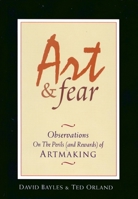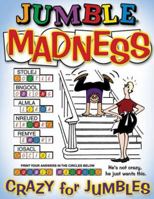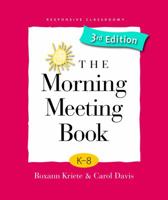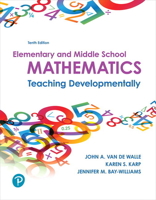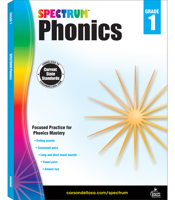Success on the Step: Flying with Kenmore Air
Select Format
Select Condition 
You Might Also Enjoy
Book Overview
Success on the Step is the story of a unique group of people. They happen to be people who've done amazing things with seaplanes but it's a people story, nevertheless. People who have never wavered from the principle on which the company was founded. Do the right thing. This description may be from another edition of this product.
Format:Paperback
Language:English
ISBN:0976020009
ISBN13:9780976020004
Release Date:October 2004
Publisher:Elton-Wolf Publishing
Length:432 Pages
Weight:2.00 lbs.
Customer Reviews
4 customer ratings | 4 reviews
There are currently no reviews. Be the first to review this work.
















